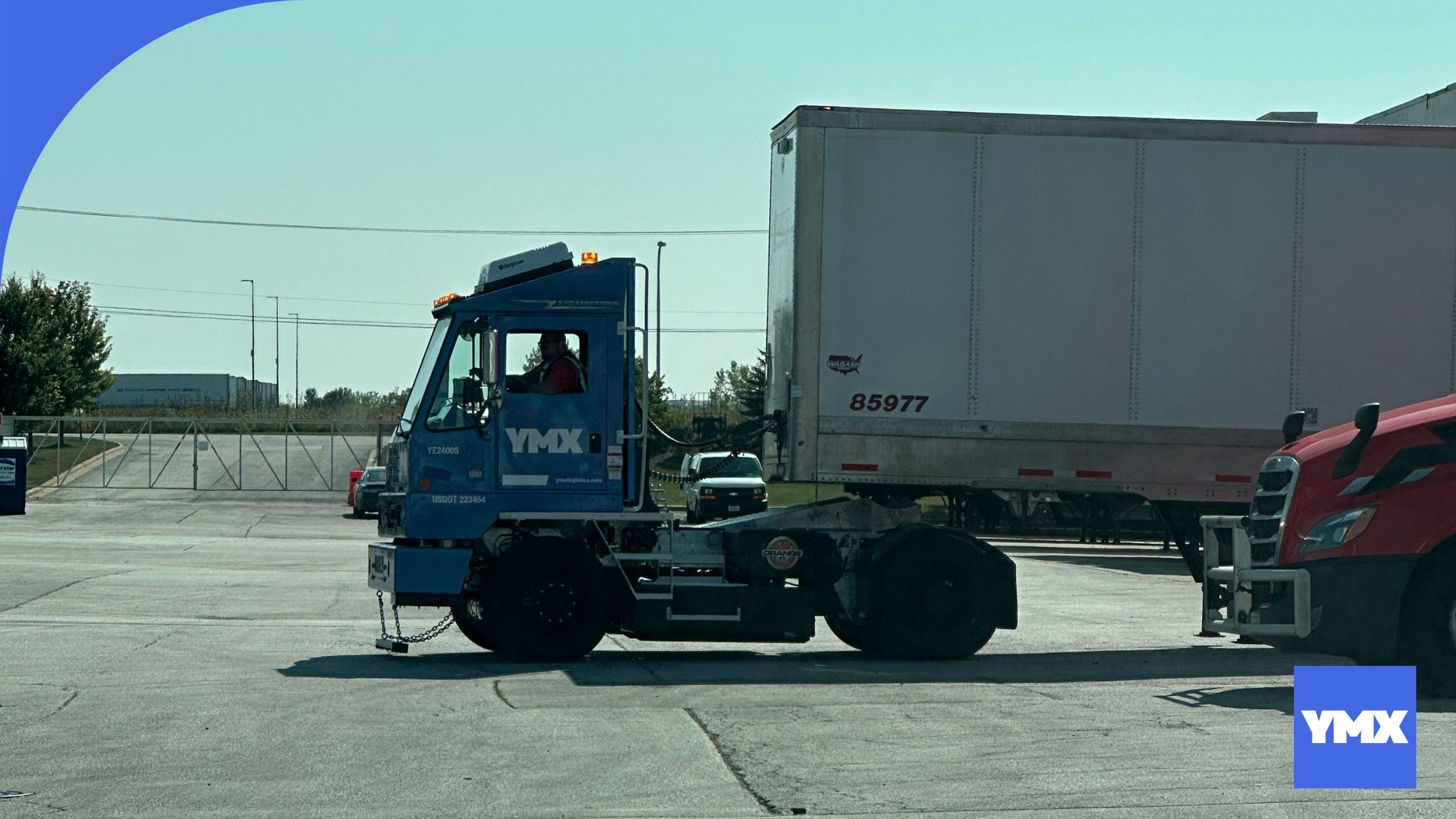Often overlooked in sustainability initiatives, your plant or warehouse yard is fertile breeding ground for “green” initiatives that not only reduce emissions and improve efficiency, but also keep your employees engaged, happy, and on the job. In fact, an integrated yard management strategy can serve as an extremely effective innovative employee recruiting and retention tool right when you need it most: in the midst of a persistent warehouse and logistics labor shortage.
That shortage hasn’t eased much despite some overall improvements in the labor market and availability of workers in certain sectors. According to the U.S. Bureau of Labor Statistics (BLS), the warehousing, transportation and utility sectors are currently experiencing employee turnover rates of about 53 percent. In other words, half of a company’s warehousing and distribution employees leave within 12 months or less.
These and other realities present ample opportunity for organizations to “do better” on the employee recruiting and retention front, with the yard serving as a great starting point for anyone that wants to keep its best team members engaged, happy, and onboard for the long term. As the focus on sustainability grows, investing in a greener yard has gone beyond being just an environmental responsibility and is now being viewed as a strategic business decision.
Putting a Spotlight on Employee Health in Yard Operations
Companies that implement sustainability initiatives in their yards start to see the returns pretty quickly, but the rewards aren’t always tangible or recorded. For example, YMX Logistics has heard positive feedback from employees who spent decades working around smelly, exhaust-spewing yard vehicles, and who usually went home smelling like diesel trucks at the end of the day.
Yard employees and drivers were not only enjoying cleaner and more comfortable working conditions, but they were also suddenly out of the “danger zone” of health risks that come with inhaling exhaust fumes and emissions all day.
The International Council on Clean Transportation (ICCT) keeps close tabs on the volume of nitrogen oxides (NOx) generated by low-speed heavy-duty vehicles that are used in so many modern yard operations. Whether it’s a manufacturer staging goods for delivery to its distributors, a distributor that supplies multiple retail locations or a retailer that receives the goods, these and other organizations all rely on a well-oiled, efficient yard operation.
Unfortunately, those operations aren’t always healthy places to work 8+ hour shifts. According to the ICT:
- NOx are precursors to particulate matter with a diameter of less than 2.5 micrometers (PM2.5) and ground-level ozone, both of which are known to have adverse effects on human health.
- Long-term exposure to PM2.5 and ozone is associated with increased risk of premature death from cardiovascular, lung and kidney diseases.
- Direct NO2 exposure—the kind a yard truck might experience on a daily basis—is associated with asthma incidence among children and asthma emergency department visits.
Here’s the good news: reduction of NOx emissions can lead to substantial public health benefits from improved air quality, including fewer hospitalizations and emergency room visits, fewer missed days at work, and lowered risk of premature death from cardiovascular, lung and kidney diseases.
“There is potential to further reduce real-world NOx emissions from heavy-duty diesel engines. CARB and the EPA are working to update and improve existing regulations targeting this issue,” the ICT reports. For example:
California has announced the HDV Low NOx regulation aimed at reducing FTP-based NOx standards by as much as 90% and introducing testing conditions that would require improved emissions control at low loads and low vehicle speeds, as well as an improved in-use testing protocol.
At the federal level, the EPA announced the development of the Cleaner Trucks Initiative, which explores similar changes to the EPA 2010 NOx emissions standard, also aimed at real-world emission reductions.It’s clear that NOx emissions from heavy-duty diesel engines are a significant contributor to ambient air quality issues and ozone pollution in many areas of the U.S. And while the EPA’s 2010 emissions standard for heavy-duty engines helped reduce NOx emissions, the ICCT says that “a significant gap” exists between real-world and certified NOx emissions from these engines. This presents a major opportunity for companies to develop “greener” yard operations that both support and contribute to overall supply chain sustainability.
It’s Time to Electrify Your Yard Vehicle Fleet
Fleet electrification is a growing priority for policymakers and for commercial and public fleet operators, and it represents an important step toward meeting sustainability goals. Today, more than 40% of the nation’s electricity comes from clean, carbon-free sources like nuclear, hydropower, wind, and solar energy, according to the Edison Electric Institute.
“Electric power sector carbon emissions have been declining for the last decade and are now nearly 17% below transportation sector emissions,” the Institute adds. “The industry is supporting the electrification of the transportation sector and the increased adoption of EVs, which will help reduce emissions from the transportation sector and provide environmental, health, and cost benefits to customers and local communities.”
By implementing an integrated yard management system that incorporates electric vehicles and other sustainable technologies, companies can reduce emissions, improve air quality and create a healthier and more productive work environment. This not only benefits our planet, but it also helps smart organizations attract and retain top talent, as employees are increasingly drawn to companies that prioritize sustainability and their well-being over profits.
As demand for sustainable solutions increases, investing in a greener yard is a win-win for both businesses and the environment. By embracing these changes, companies can drive innovation, position themselves as industry leaders and contribute to a more sustainable future for everyone.
Enhance workforce management through targeted training, process efficiency, and performance improvement with an integrated yard operating system.

.jpg)

%20(1).jpg)
.png)
